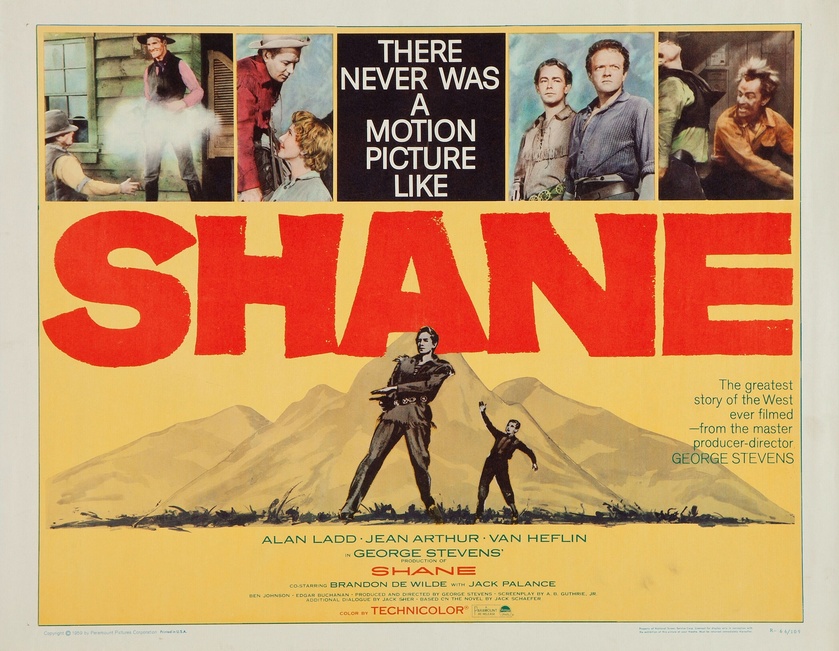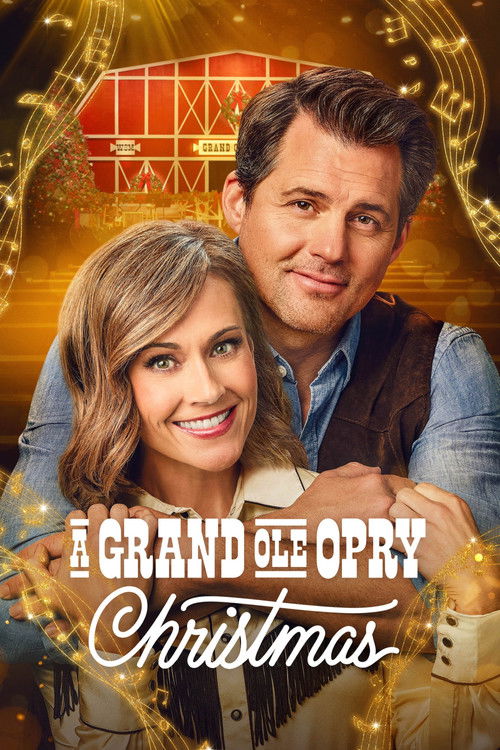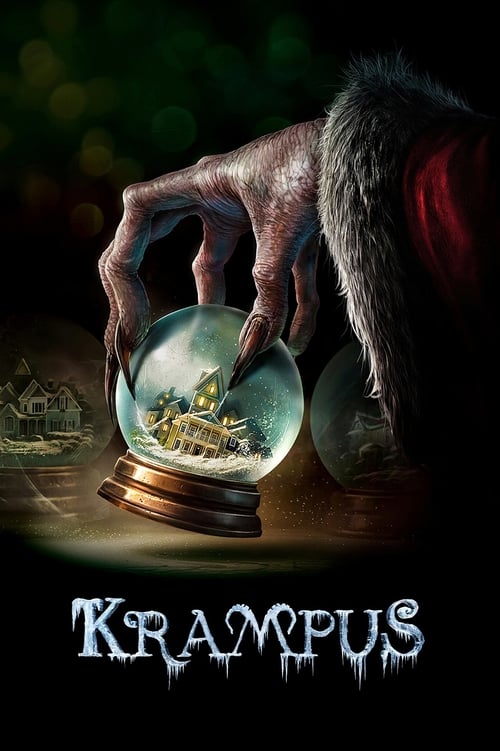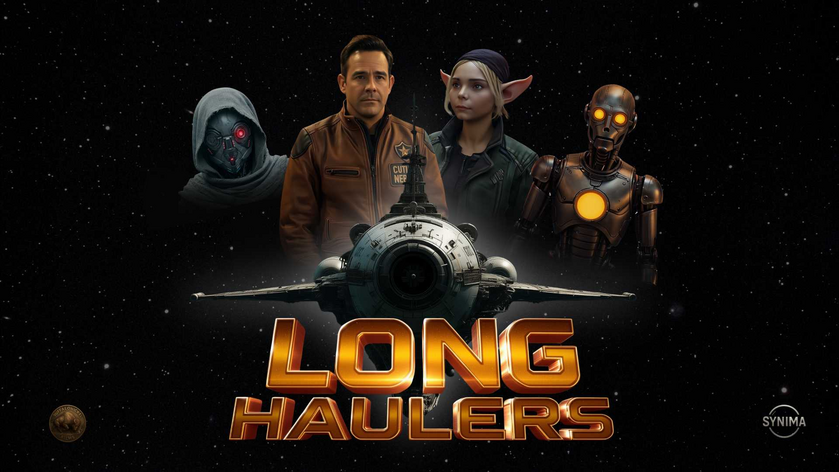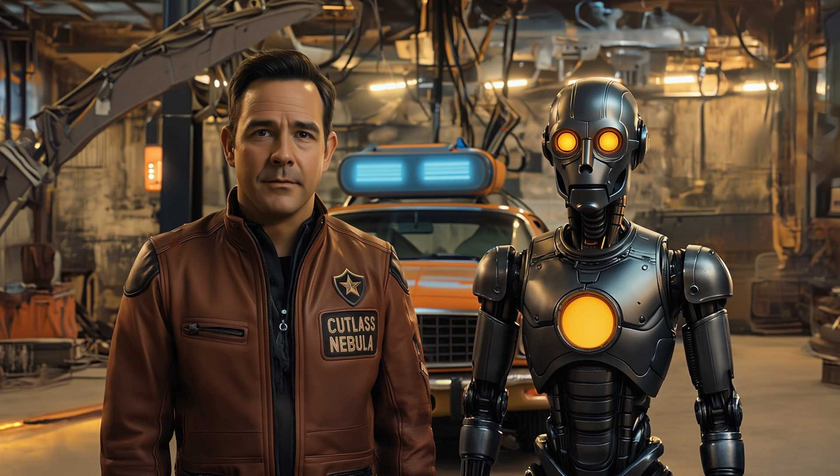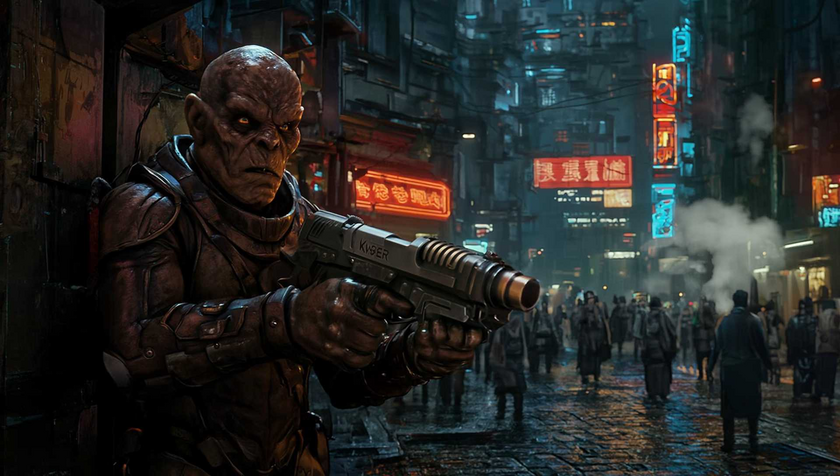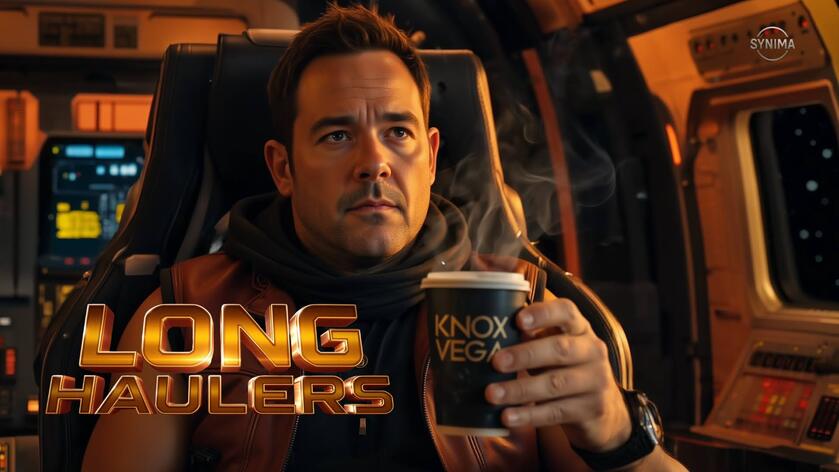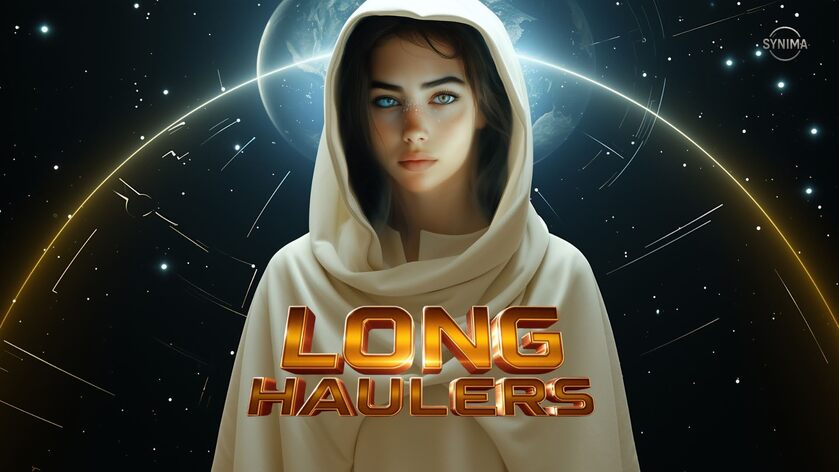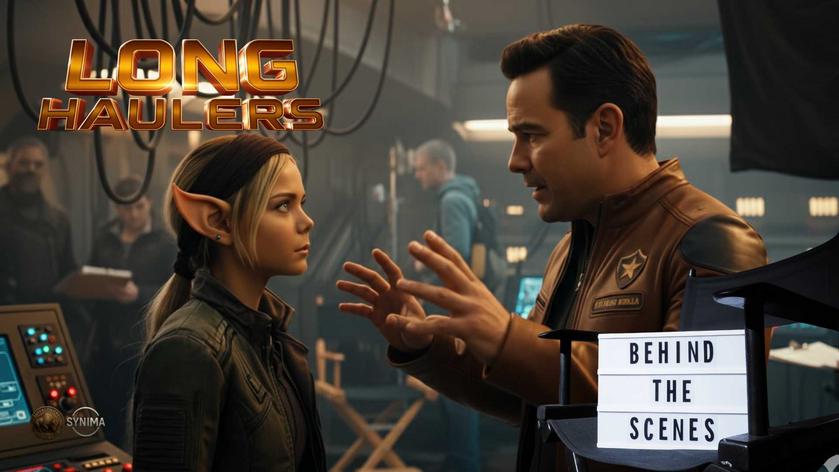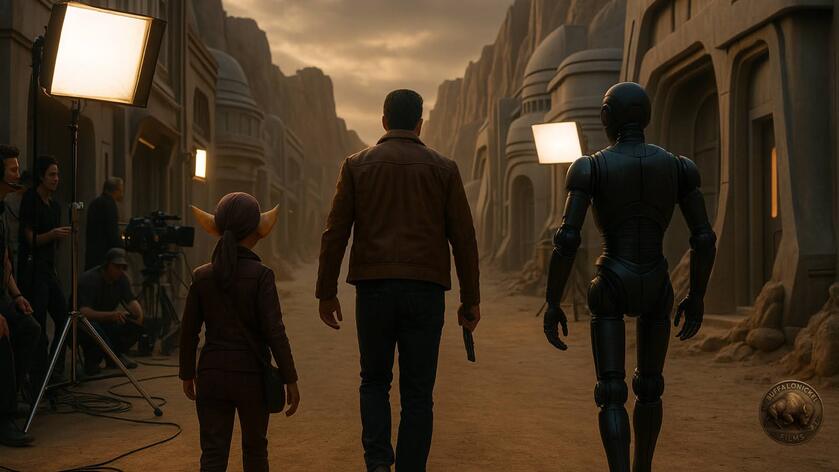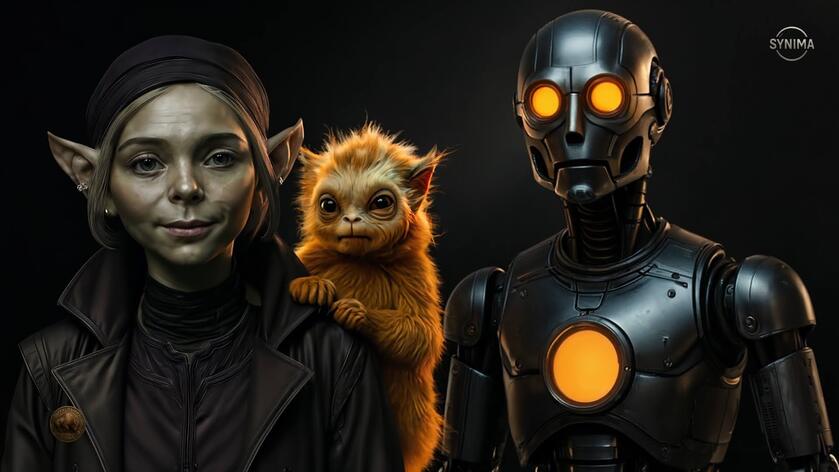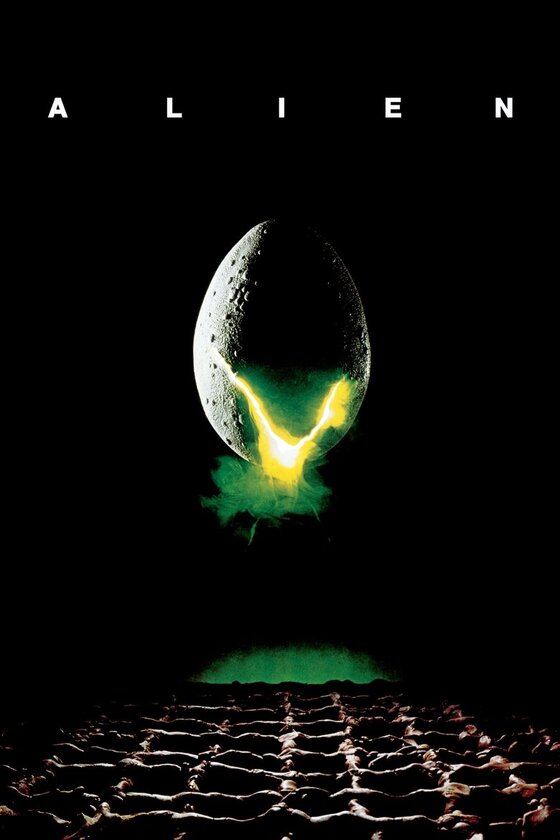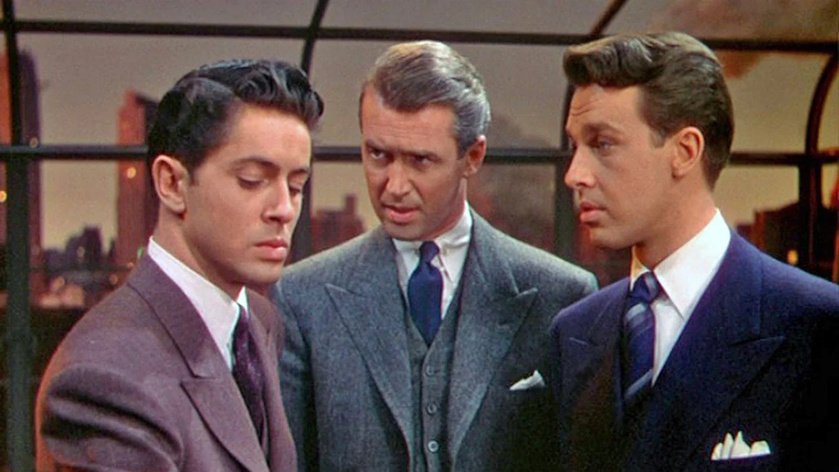I’ve always had a difficult relationship with George Stevens’ film adaptation of Shane. I remember when I first read the novel as a kid and going to my mom to tell her, “I think I’ve found a treasure.” From that moment on, I’ve never sat with my back to the door, I’ve been more attentive, and thought about violence from a mature perspective. It’s a thoughtful novel, with symbolism and nuance I could appreciate then, and discover more on subsequent readings.
Pretty good for a book you get through in about in two hours.
The Shane story is arguably the greatest distillation of the myth of the American west. We have a man with no name (Shane is just what he tells them to call him), an outsider who sacrifices himself for the community of which he can never be part. Westerns, in their truest form, are about groups of individuals joining together to carve out a society. But sometimes they need help from a man like Shane.
See also: The Searchers
Westerns as a genre borrow from courtly romances of knights in shining armor and samurai films, but this story is purely American made. Shane is perfection. As Roger Ebert notes, if it was just a story of a lonesome gunslinger the movie would seem dated. There’s the undercurrent of remorse Shane carries, the attraction he has for Marion and the peaceful life she represents, and the code of honor he follows, which are all apparent on the screen. That said, the novel is so much richer, and some of the film's changes so inexplicable, some of the key moments so shortchanged... Well, I think the movie could've been even better.
Normally I can separate the book from the film, and the film is magnificent.
Yet, for example, the stump chopping scene in the book is symbolic. In the movie, it feels more like a checkbox. Alan Ladd's buckskin costume is ridiculous (though I understand it's supposed to make him more other). In the book Shane wears dark colors, less a mountain man and more genteel man of culture. Finally, it's a very talky movie that sometimes interrupts the action for a conversation at the worst time.
There's also no denying that the kid who plays Joey is one of the most annoying child actors in film history.
Nevertheless, for all its faults, it's still one of the greatest western movies of all time. The cinematography is stunning. Alan Ladd and Van Heflin put in understated performances that hit just right. There’s life and vitality to these characters, and every supporting character, and the way they’re portrayed. We see people worth thinking about, so you can feel that everyone involved in the production has lived some life. While there's too much talking, what is said is usually worth hearing. There’s a lot of talk today about underwritten characters. They don’t say much because the screenwriters have nothing to say. When they do talk, too often it’s an untrue message.
In Shane, we receive numerous affirmations of what we always felt was good and true.
If you've never seen Shane, especially if you've only seen it referenced in movies like Logan, you really owe it to yourself to see what it's all about. And then read the novel.
